1. New Orleans, Louisiana
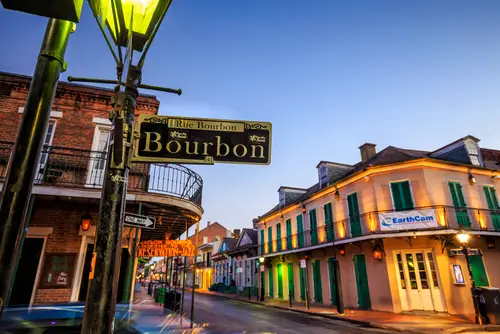
Few U.S. cities are as dependent on tourism as New Orleans, where Mardi Gras, Jazz Fest, and Bourbon Street lure millions each year. Tourism dollars keep hotels, restaurants, and music venues alive, and they help maintain the city’s cultural heritage. From Creole cuisine to jazz clubs, visitors are the lifeblood that supports local traditions. It’s an industry that brings billions into the city annually.
That said, many locals resent how tourism sometimes overshadows daily life. Bourbon Street can be a nightmare for residents, with noise, litter, and drunken crowds stretching into the early morning hours. Rising short-term rentals have also made it harder for locals to find affordable housing. It’s a love-hate dynamic: tourism preserves New Orleans culture, but it also strains the people living in it.
2. Orlando, Florida
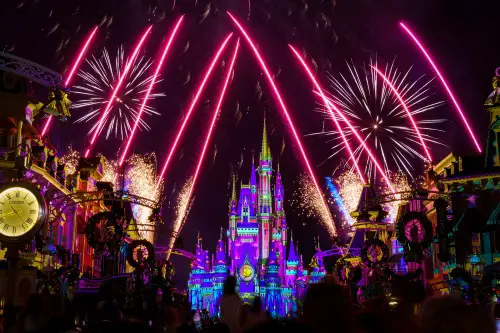
Orlando is practically synonymous with tourism thanks to Walt Disney World, Universal Orlando Resort, and countless theme parks. Millions of visitors pour in each year, fueling the local economy with hotel bookings, dining, and retail. Tourism here isn’t just big—it’s essential, as many jobs depend on the steady stream of families chasing magical vacations. Without those visitors, much of the city’s economy would struggle.
Still, locals often grumble about the nonstop crowds and the traffic that comes with them. Disney-adjacent highways can feel like parking lots on weekends, and even a quick grocery run can be a headache during peak seasons. Long-time residents sometimes avoid entire parts of the city because they’re overrun with tourists. The tension is real: they rely on the visitors, but they don’t necessarily want to live alongside them.
3. Las Vegas, Nevada
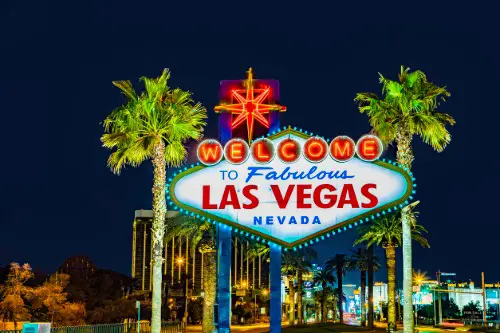
Vegas has built its entire identity on tourism, from glitzy casinos to world-class shows. Nearly 40 million people visit annually, and that spending sustains thousands of jobs in hospitality, entertainment, and construction. The city has reinvented itself multiple times, shifting from strictly gambling to family attractions, conventions, and now luxury dining and nightlife. Tourism is not just part of the economy—it is the economy.
But locals often roll their eyes at the stereotypical “Vegas visitor” behavior. Think bachelor parties spilling onto sidewalks, endless bachelorette bar crawls, and people who forget the desert heat can be dangerous. Traffic on the Strip can be unbearable, and neighborhoods near it sometimes feel like extensions of the tourist zone. Residents may enjoy the perks of living in a city with world-class entertainment, but they also long for a calmer, more livable pace.
4. Honolulu, Hawaii
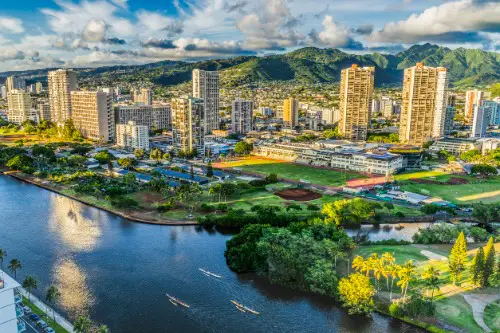
Tourism dominates Honolulu’s economy, with millions of visitors flocking to Waikiki Beach, Pearl Harbor, and luxury resorts. Hotels, tour operators, and restaurants rely heavily on the steady flow of vacationers. Many residents work directly in tourism or in industries that benefit from it, so its economic importance can’t be overstated. It helps fund infrastructure and services that locals depend on.
At the same time, there’s significant tension around over-tourism. Locals complain about crowded beaches, traffic congestion, and rising housing prices tied to vacation rentals. Some residents feel that the island’s natural beauty is being commercialized at the expense of their quality of life. The phrase “don’t come to Hawaii right now” surfaces frequently on social media, showing how complicated the relationship has become.
5. Miami, Florida
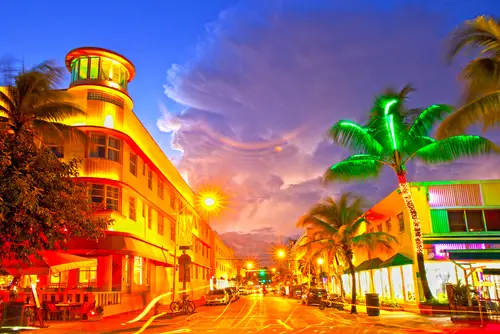
Miami thrives on a combination of beach tourism, cruise ship passengers, and nightlife. South Beach alone draws millions each year, with hotels and clubs relying on international crowds. Tourism helps support Miami’s global reputation as a party capital and cultural melting pot. It’s a key driver of the local economy alongside trade and finance.
But locals often express frustration with the non-stop party atmosphere. Spring Break crowds are notorious for rowdy behavior that spills into residential neighborhoods. Traffic is constantly jammed, and parking can be impossible in tourist-heavy areas. Residents sometimes feel that their city is more designed for outsiders to enjoy than for them to comfortably live in.
6. San Francisco, California

San Francisco is a magnet for international visitors thanks to the Golden Gate Bridge, Alcatraz, and its tech-meets-arts vibe. Tourism brings billions of dollars into the city and employs thousands in hotels, restaurants, and tour services. Iconic neighborhoods like Fisherman’s Wharf and Chinatown rely on visitor spending to survive. Without it, the city would lose a major economic pillar.
Yet locals often get tired of navigating throngs of camera-toting tourists. Crowds at Lombard Street, the “crookedest street in the world,” have even sparked discussions about restricting access. Residents complain about clogged sidewalks, overpriced dining, and the way short-term rentals have reshaped housing. The same city that tourists adore can feel overwhelming to the people who call it home.
7. Nashville, Tennessee
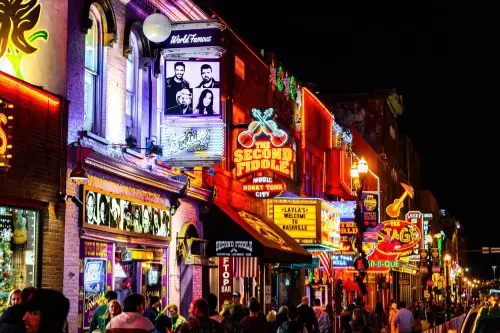
Nashville has exploded in popularity as a tourist destination, largely thanks to its music scene. Broadway is packed nightly with visitors hopping between honky-tonk bars, and the city has become a top spot for bachelorette parties. Tourism dollars flow into hotels, restaurants, and entertainment venues, fueling Nashville’s rapid growth. It’s now one of the fastest-rising destinations in the country.
Locals, however, have mixed feelings about this boom. Many complain that downtown has been overtaken by pedal taverns, party buses, and drunken revelers. The influx of tourists has driven up housing costs and made traffic noticeably worse. While residents are proud of Nashville’s global reputation, they also miss when it felt more like a small Southern city than a theme park.
8. Charleston, South Carolina
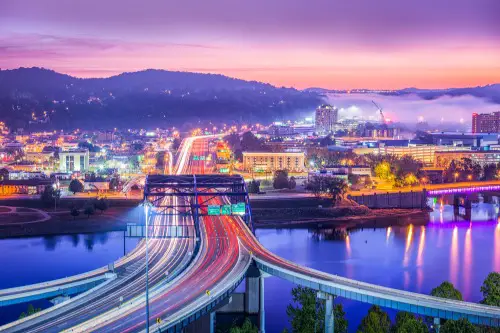
Charleston’s historic charm, pastel-colored homes, and award-winning food scene make it a top draw for travelers. Visitors come for horse-drawn carriage tours, antebellum architecture, and world-famous Lowcountry cuisine. The tourism industry is vital, bringing in billions of dollars annually and keeping local businesses afloat. Hotels and restaurants especially rely on that steady stream of visitors.
For locals, though, the popularity can feel suffocating. Crowds clog King Street and the waterfront nearly year-round, and tour buses regularly disrupt residential streets. Rising property values tied to short-term rentals have priced some long-time families out of their neighborhoods. Residents often feel torn between showcasing Charleston’s beauty and protecting their quality of life.
9. New York City, New York
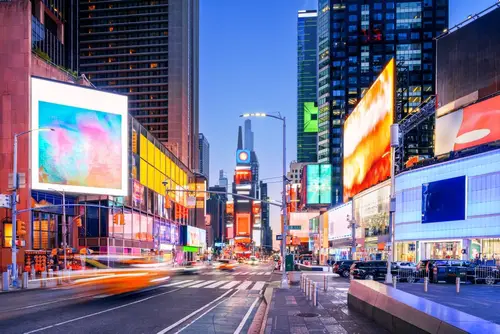
New York consistently ranks as one of the world’s most visited cities. Times Square, Central Park, Broadway, and the Statue of Liberty bring tens of millions of tourists each year. Tourism supports hundreds of thousands of jobs in hotels, restaurants, and cultural institutions. It’s a crucial part of keeping the city’s diverse economy running.
But for locals, living among all those visitors can be exhausting. Times Square is often referred to as a “no-go zone” for actual New Yorkers. Subways get clogged with confused riders, and neighborhoods like SoHo have seen retail spaces cater more to tourists than to residents. While many appreciate the global attention, there’s an undercurrent of frustration with the crowds.
10. Savannah, Georgia
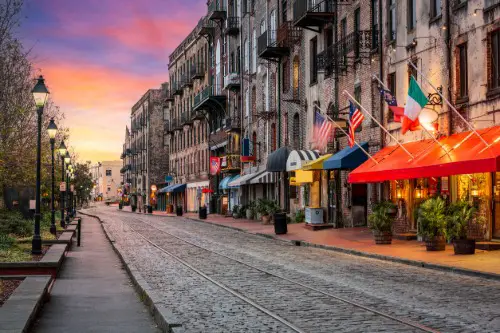
Savannah’s cobblestone streets, moss-draped oaks, and historic squares have made it a favorite among tourists. The city’s reputation for ghost tours, riverfront strolls, and Southern hospitality keeps hotels and restaurants busy. Tourism is one of Savannah’s biggest industries, fueling jobs and tax revenue that help sustain the city. It’s also been key in preserving its historic architecture.
Still, locals sometimes feel trapped in their own tourist town. Residents complain about noise from late-night bar crawls and the over-saturation of ghost tours. Short-term rentals have increased dramatically, pushing up housing costs and changing the feel of neighborhoods. The charm that attracts visitors can feel like a burden to those who live there year-round.
11. Key West, Florida
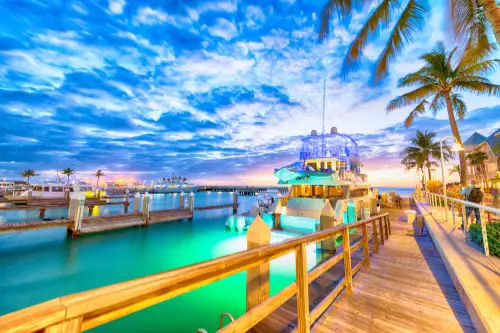
Key West thrives almost entirely on tourism, with cruise ships and vacationers keeping the island buzzing. The economy depends on visitors filling hotels, renting scooters, and buying cocktails on Duval Street. Tourism dollars fund much of the city’s infrastructure and support the quirky, free-spirited vibe Key West is known for. Without it, the island’s economy would collapse.
But locals are increasingly vocal about cruise ships overwhelming the small island. The influx of day-trippers often leaves streets clogged and natural resources strained. Residents worry about environmental damage to delicate coral reefs, as well as noise and pollution. It’s a classic example of paradise under pressure from too many admirers.
12. Aspen, Colorado
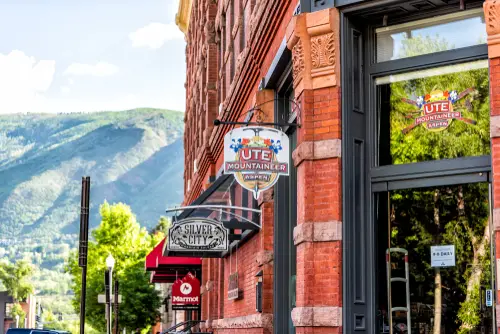
Aspen is a world-famous ski destination, drawing wealthy visitors and seasonal crowds who spend big on lodging, dining, and recreation. Tourism fuels the local economy, providing jobs and revenue in a town where luxury dominates. Without the ski slopes and outdoor tourism, Aspen would not have its current level of prosperity. The seasonal influx is a lifeline for local businesses.
At the same time, Aspen’s success has priced out many locals. Housing costs have skyrocketed, making it nearly impossible for service workers to live near their jobs. Residents complain about congestion during peak ski season and the transformation of their community into a playground for the rich. Tourism may pay the bills, but it also reshapes the soul of the town.
This post 12 U.S. Cities That Depend on Tourism While Locals Complain About Visitors was first published on American Charm.


